Expressway Signal-Free Corridor : Govt approves Rs10.75 billion for third phase
CDA to divide remaining work on Koral Interchange to GT Road into two phases
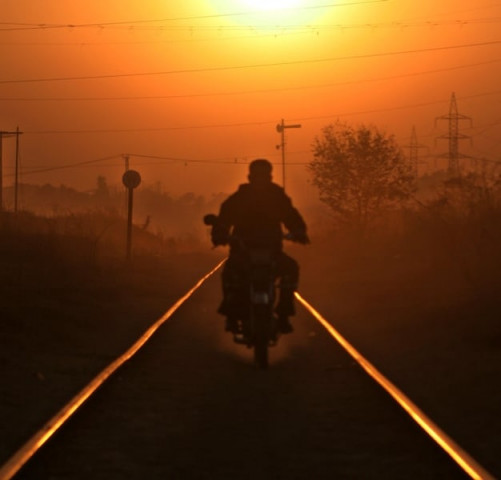
PHOTO: M JAVAID/ EXPRESS
According to a notification issued by the Prime Minister’s Office on Thursday, the grant would be released to the Capital Development Authority (CDA) to execute the third phase of the signal-free corridor.
The PM Office said that a token amount of one billion rupees would be released in the current financial year as a supplementary development grant to enable the cash-strapped CDA to start working on the project immediately.
Work starts on signal free corridor between Jail Chowrangi and Hino Chowrangi
A further Rs7 billion, the PM Office said, would be allocated in the Public Sector Development Programme (PSDP) under the fiscal budget 2018-19. The remaining Rs2.75 billion would then be set aside for the project in the budget for the fiscal year 2019-20.
Prime Minister Shahid Khaqan Abbasi has also directed the CDA to complete package-A of the phase, from Zero Point to Faizabad Interchange, by June 30, 2019. Similarly, package- B, from Faizabad to Koral Chowk, should be completed by September 30, 2019.
A project for widening the Islamabad Expressway had been inaugurated by former prime minister Nawaz Sharif in July 2015. According to the original Project Concept -1, the highway was to be widened to five lanes, from Zero Point to the Grand Trunk (GT) Road in Rawat and then on linking it with the Motorway.
Mayor orders partial opening of Sohan Interchange on Jan 1
The project was supposed to have been completed within two years.
However, the CDA missed the deadline for completing the 24-kilometre-long signal-free corridor project.
By the time the deadline for the project ended, the CDA had only managed to complete work on its first phase —widening of a four-kilometre section from Zero Point to Faizabad, but not before several post-bid changes.
Work on the second phase, from Faizabad to Koral Interchange, is currently underway. The highway has been widened but work continues on one of the
interchanges at Khana and is expected to be completed by July.
The civic agency had been set a deadline of December 15, 2017, to complete work on the two interchanges, being built at a cost of Rs2 billion.
Shortage of funds delay third phase of signal-free corridor project
However, the civic agency failed to meet the deadline.
The deadline was extended again to March 23 but was missed again.
The civic agency has now decided that the remaining work from Koral Interchange to GT Road would also be completed in two phases.
In the first phase, the highway would be widened to five lanes from Koral to the Naval Anchorage. The project would also include construction of service roads and three bridges — Korang, Railways and Bhandar.
CDA sources said that the cash injection would help complete the Khana Interchange soon.
Earlier in the month, officials had blamed delays in the project on the time premier Abbasi took in reviewing and approving a summary of the cash grant.
“As soon as we receive funds, work will resume,” CDA Member Engineering Shahid Sohail stated matter-of-factly while speaking with the Daily Express earlier in April.
According to Sohail, CDA Chairman Usman Akhtar had sent the summary for the funds to the PM’ Office on March 20 and it took the premier nearly a month to approve it.
Of the funds, the CDA official had explained, Rs5 billion will be spent on the construction of a stretch between Koral Chowk and Naval Anchorage. Another Rs5 billion will be spent on building a stretch between Naval Anchorage and T-Chowk in Rawat on Grand Trunk Road.
Published in The Express Tribune, April 20th, 2018.

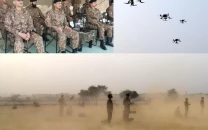
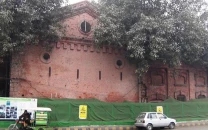
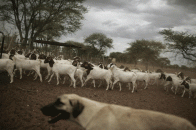


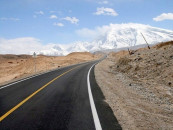












COMMENTS
Comments are moderated and generally will be posted if they are on-topic and not abusive.
For more information, please see our Comments FAQ